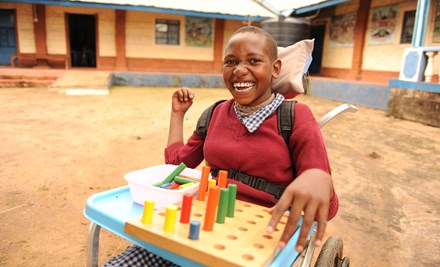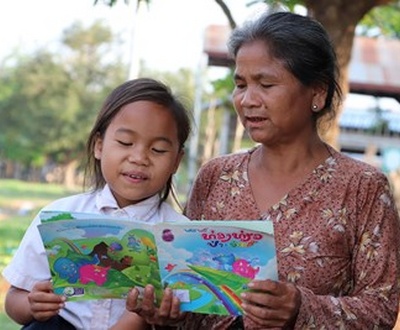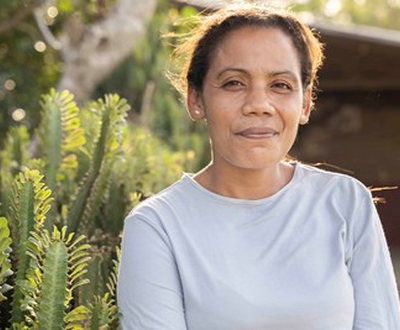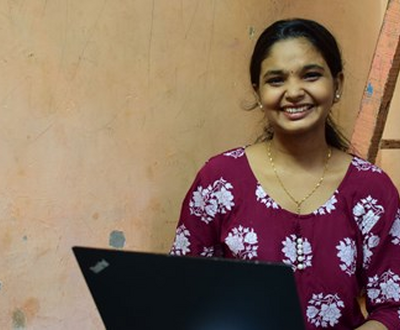The United Nations Children’s Fund (UNICEF) estimates that there are 240 million children with disabilities globally and they are 47% more likely to be out of primary school. This percentage is higher in low and middle income countries where World Vision operates. Once enrolled, students with disabilities are more likely to drop out of school than students without disabilities.
World Vision’s mission is to address the needs of the most vulnerable children, including children with disabilities. Support to education is a priority for World Vision globally. In 2020, World Vision invested over $160 million in education programmes in over 50 countries to serve 4.3 million children.
World Vision has different programming models that cover different ages – Go Baby Go (birth to 3 years old), Learning Roots (3-6 years old) and Unlock Literacy (Grades 1-3). Youth programming (IMPACT + and Youth Ready) focuses on the development of life skills and supports a return to education or transition into employment or self-employment. The challenge for World Vision has been to provide a quality education to children with disabilities in contexts where the system is largely excluding them. This paper outlines our experience so far and the direction we are taking:
1. You can’t meet needs you can’t see or understand
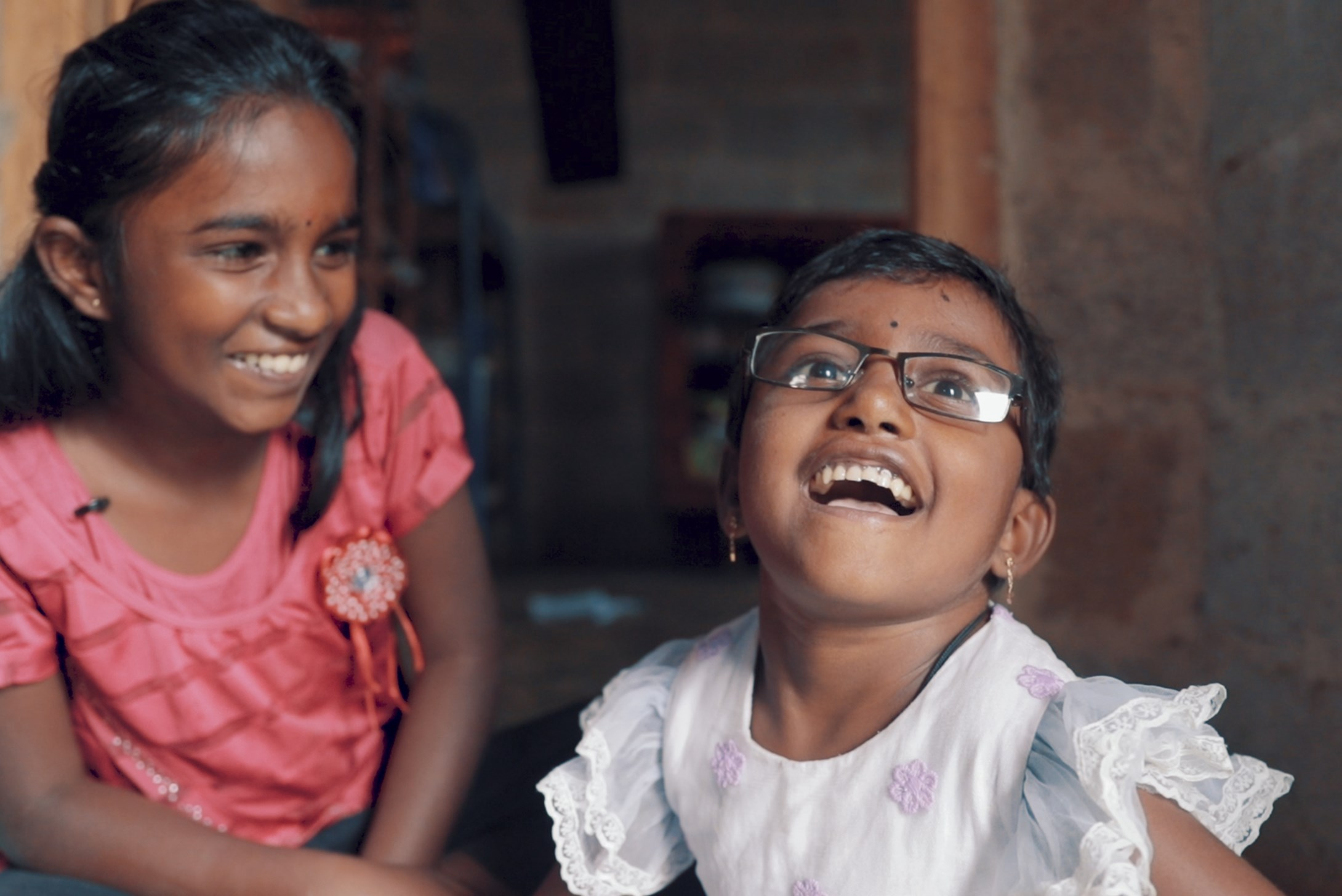
In many cultures children with disabilities are seen as a curse or a result of sin and are hidden. World Vision has been able to use its community presence to mobilise faith leaders, community child protection, education and health workers and volunteers to identify children with disabilities within a mapping of the most vulnerable children and support their parents through services and referrals.
2. Inclusive education starts in the home
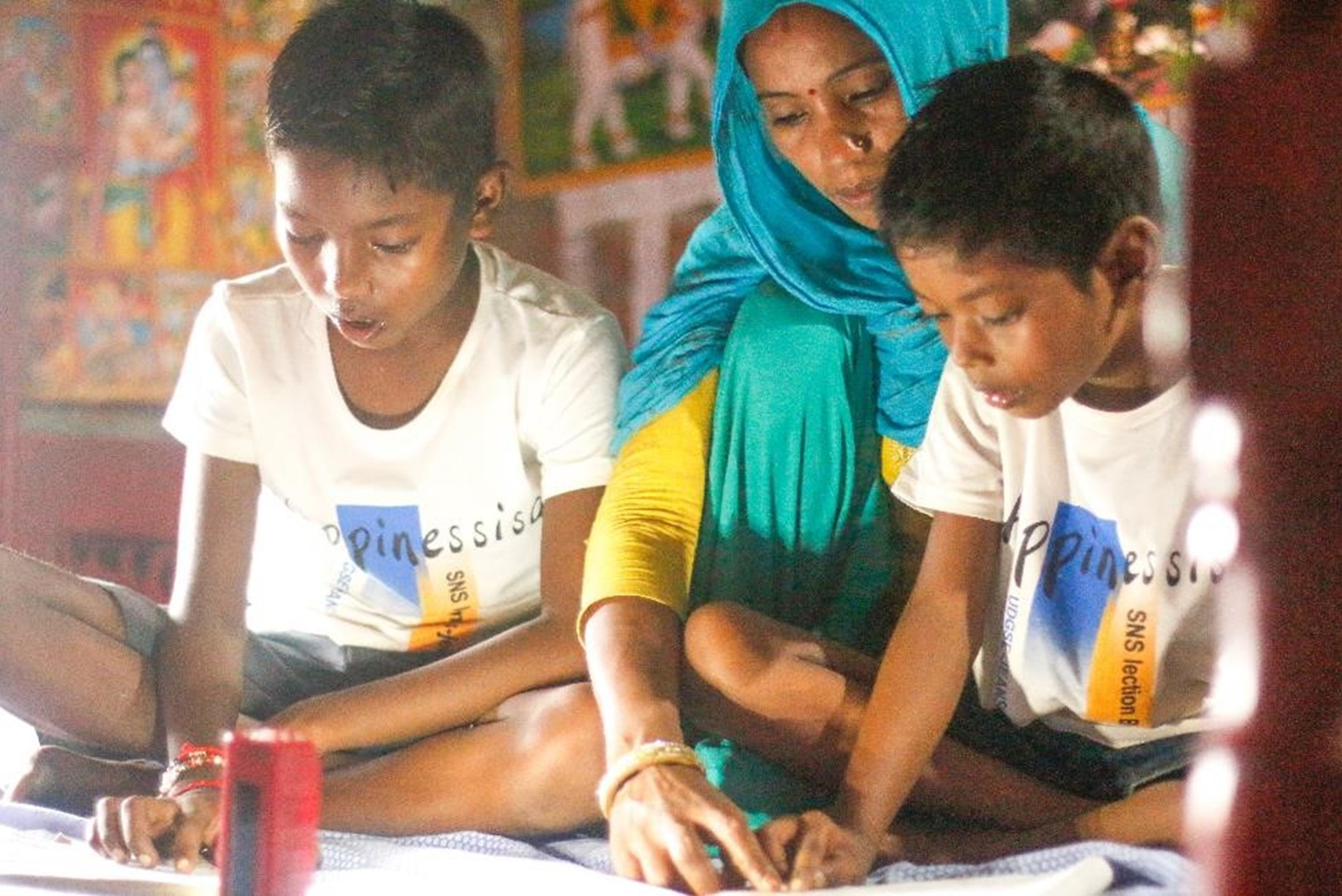
Parents are critical to supporting their child’s education. Go Baby Go, Learning Roots and Unlock Literacy programmes support parents to engage and stimulate their child and then engage with the community and school.
In Go Baby Go, this includes home visits to assess the child and their environment … but needs the support of the community – both our Learning Roots and Unlock Literacy programmes provide children with informal, facilitator-led, community-based learning that incorporates the principles of universal design for learning.
These programmes provide the right environment for additional support to children with special learning needs to complement teacher support and prevent school dropout … and the pre-school and school teachers and administrators.
Both Learning Roots and Unlock Literacy programmes partner with Ministries of Education to enhance instruction according to the principles of universal design for learning.
Using our links to specialised disability education and health services … and technical education providers – our USAID-funded Puentes programme in Guatemala has supported over 800 youth with disabilities to continue their education, start a business or find employment.
3. When children with disabilities are empowered, the world changes
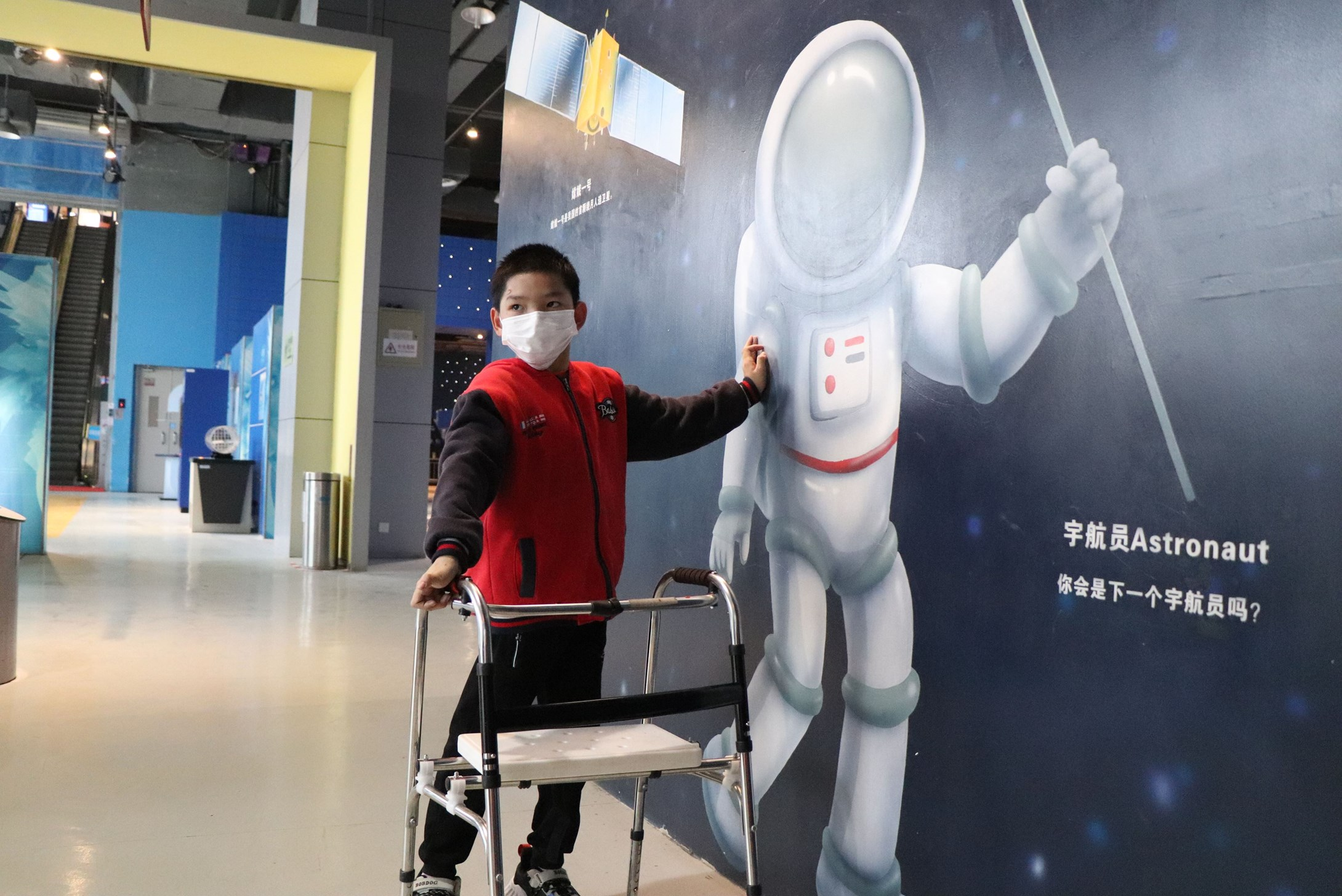
In India, the ‘Our Voice’ programme reached 7000 children with disabilities, engaging them in focus groups, completing scorecards for services and in 20 State level assemblies.
Children from the programme presented to the Prime Minister and represented India at the UN in New York to advocate for greater inclusion of disability issues in the sustainable development goals.
In Kenya, local-level advocacy using World Vision’s social accountability model, Citizen, Voice and Action resulted in local government allocated $13,000 to enhance disability services. In Georgia, positive parenting schools empower parents to identify, demand and advocate for services for their children.
In Yen Binh, Vietnam, the community found 330 children with disabilities and identified the need to provide counselling and training for parents and the children using home visitors. Home visitors are retired teachers and other local people who visit 63 children and their families twice a month to support individualised child development and life skills support plans. Plans are reviewed monthly to identify activities for the following month.
But we are not there yet, our priorities over the next two years are the following:
1. Empower our staff and partners
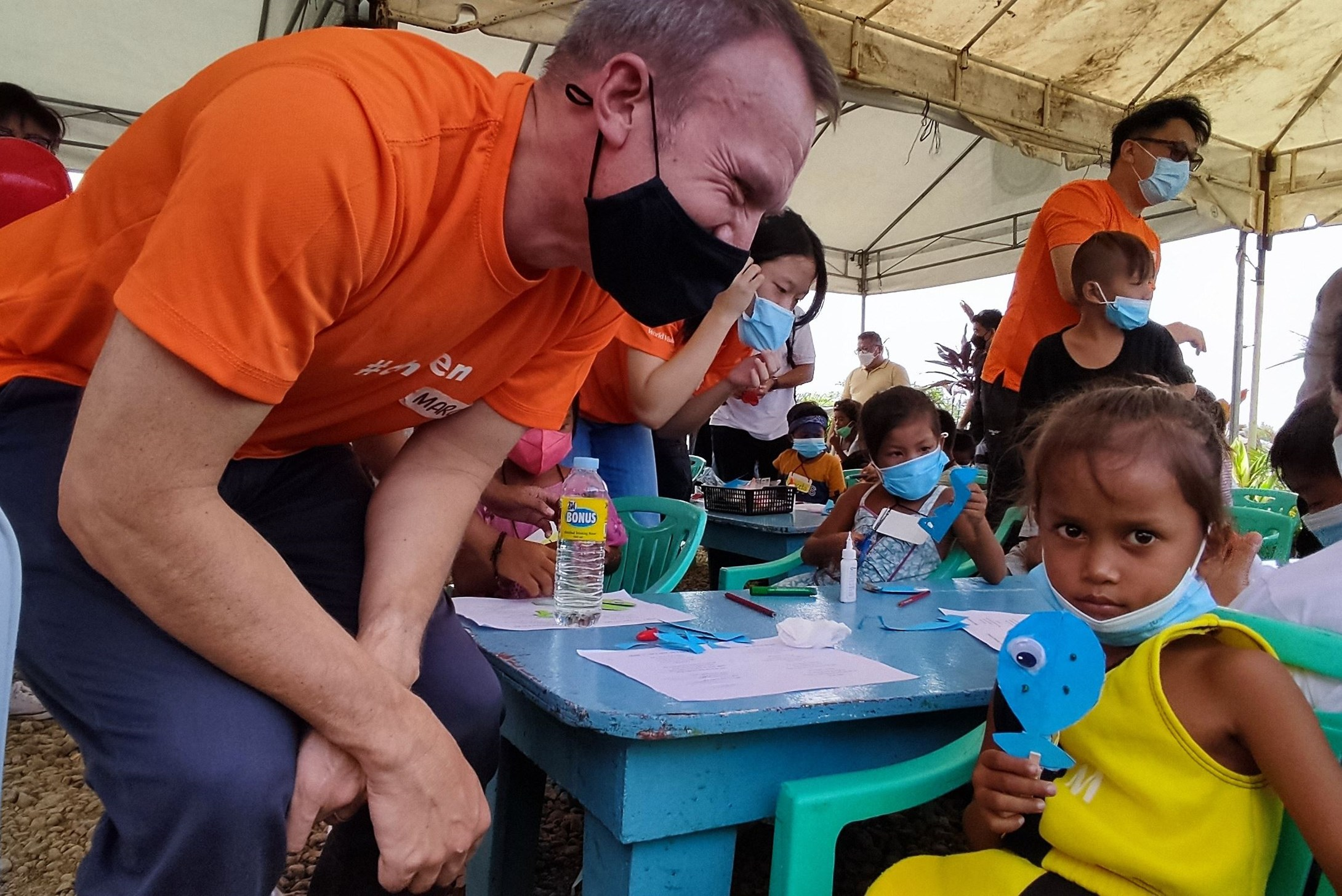
Train all our staff and partners to understand and support the needs of children with disabilities as part of our focus on addressing gender equality and social inclusion issues and serving the most vulnerable.
2. Make our education programmes more inclusive
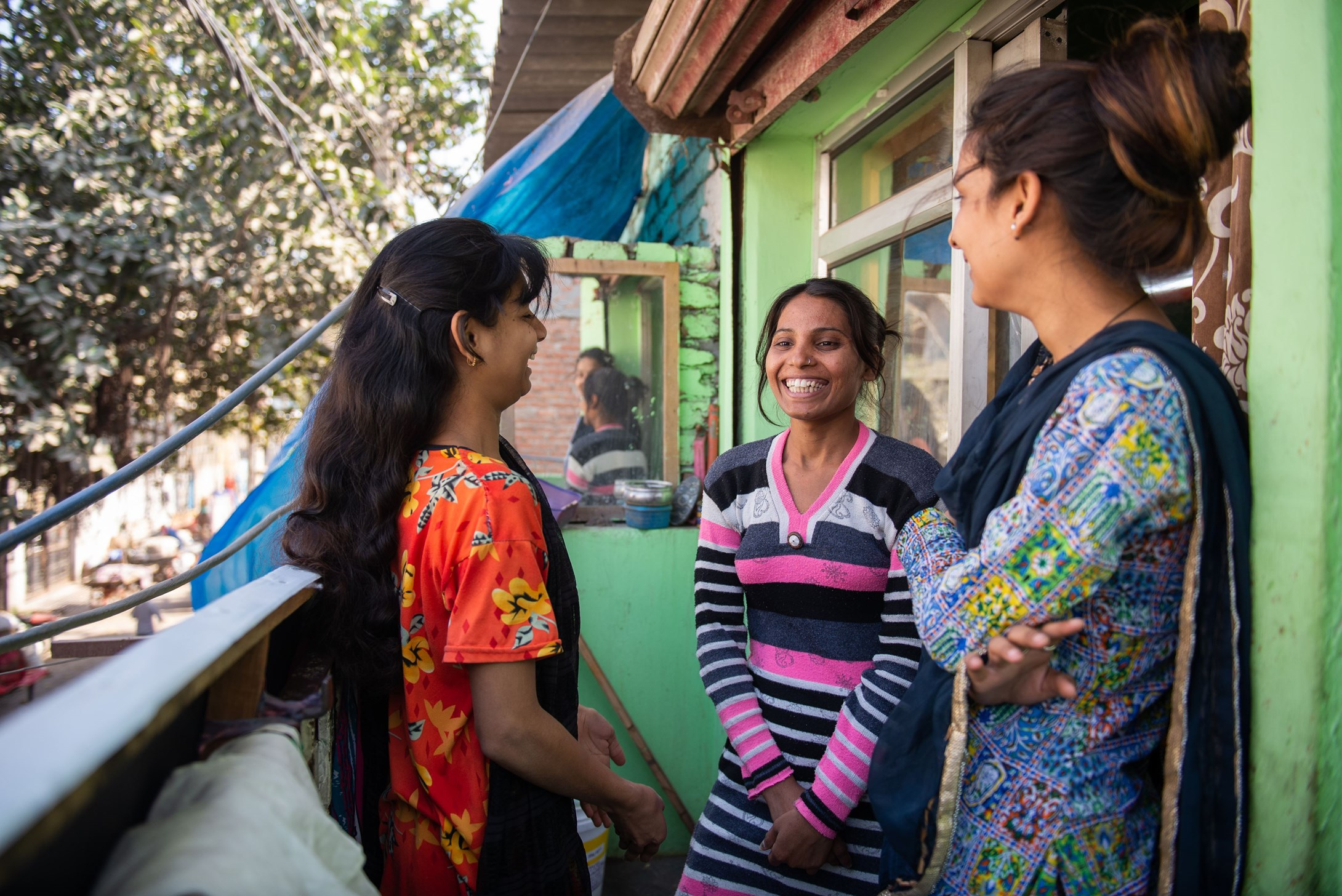
As part of our overall gender equality and social inclusion review of programmes, we will enhance guidance on universal design for learning and inclusive education.
We will expand the use of our MEQA - Apps on Google Play, which provides coaching to teachers and administrators. This includes materials and tips designed to enhance greater inclusion for children with disabilities to support home visits to coach parents on ways they can stimulate their child’s development.
We will test different ways to collect disability-disaggregated data to inform our programming, including the child functioning module teacher version
3. Incorporate technology solutions
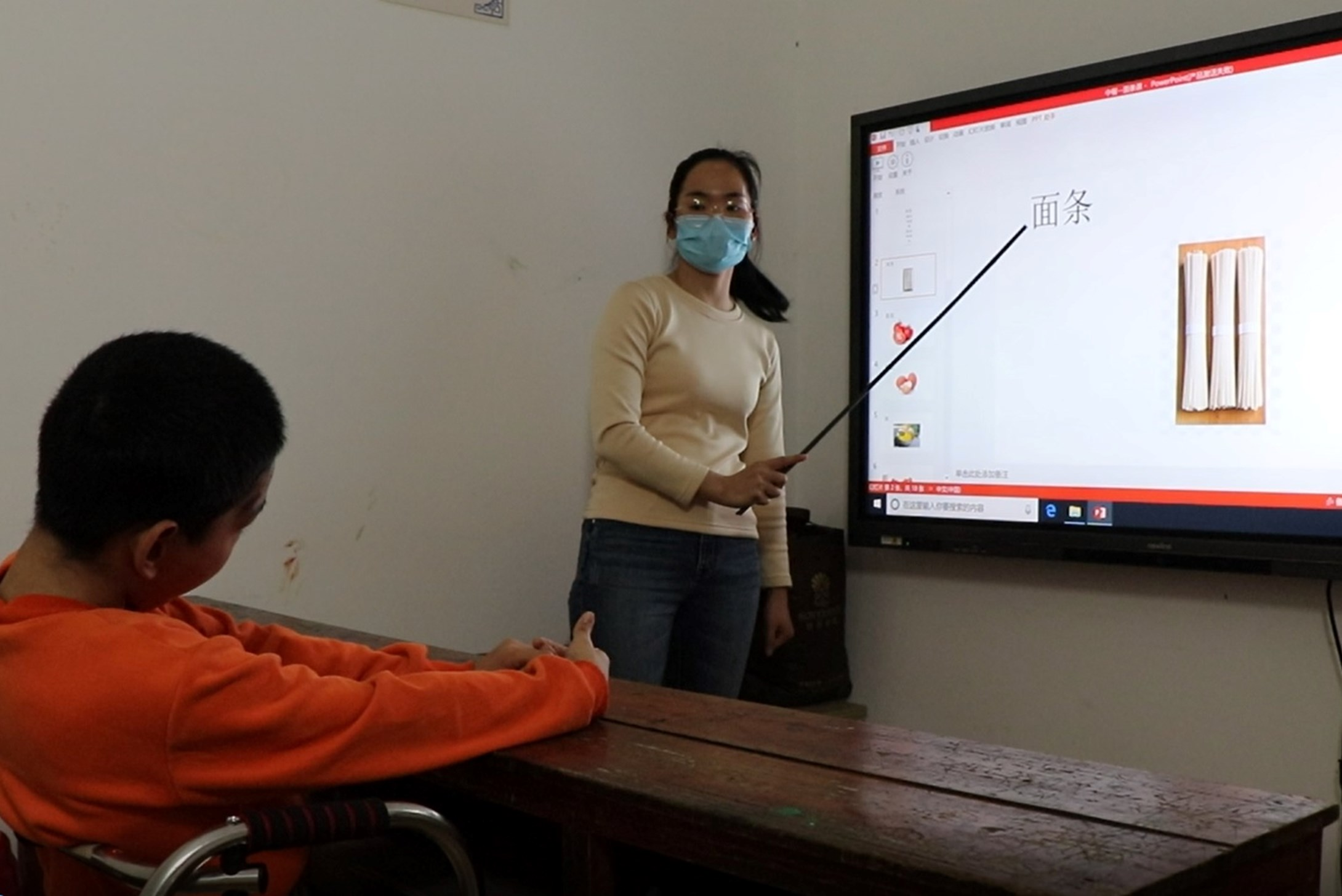
World Vision is an implementer and funder of All Children Reading which has developed several solutions to support learning for children with disabilities: Children With Disabilities - All Children Reading: A Grand Challenge for Development.
World Vision will explore integration of these solutions into our programmes. This will be particularly important to provide solutions for children with sensory disabilities to learn in community schools.
4. Enhance partnerships with governments and organisations caring for children with disabilities
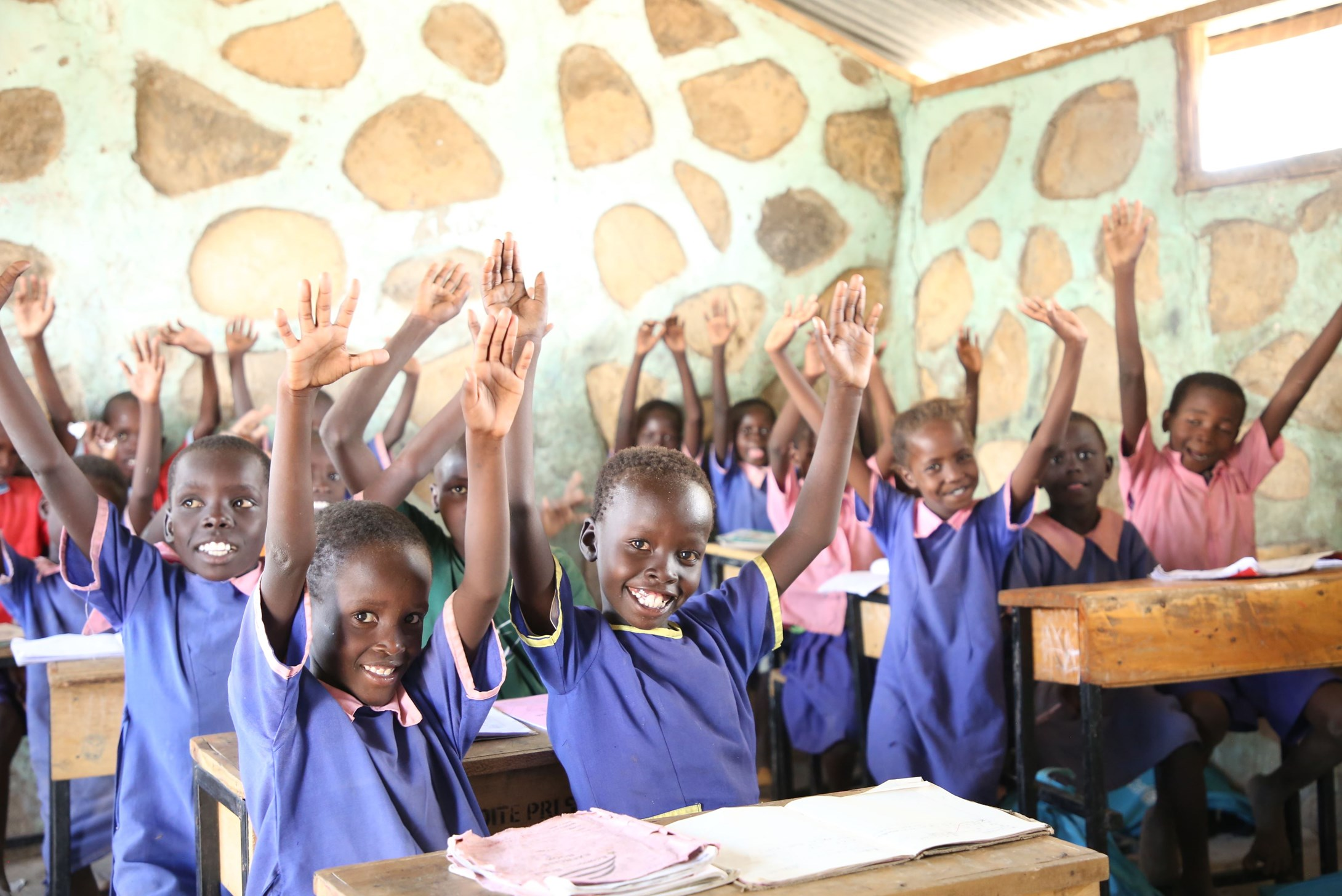
World Vision will build stronger partnerships with governments and organisations providing specialised education, social, health and assistive technology services for children with disabilities, so that our programmes can support referrals to these services and then monitor the child’s progress.
A particular focus is using our links to nearly 200,000 community health workers and other community workers to identify and refer children with disabilities at the earliest possible stage and to support their families with materials, vulnerability assessment tools, caregiver self-care and mental health support.
5. Enhance partnerships with organisations of persons with disabilities
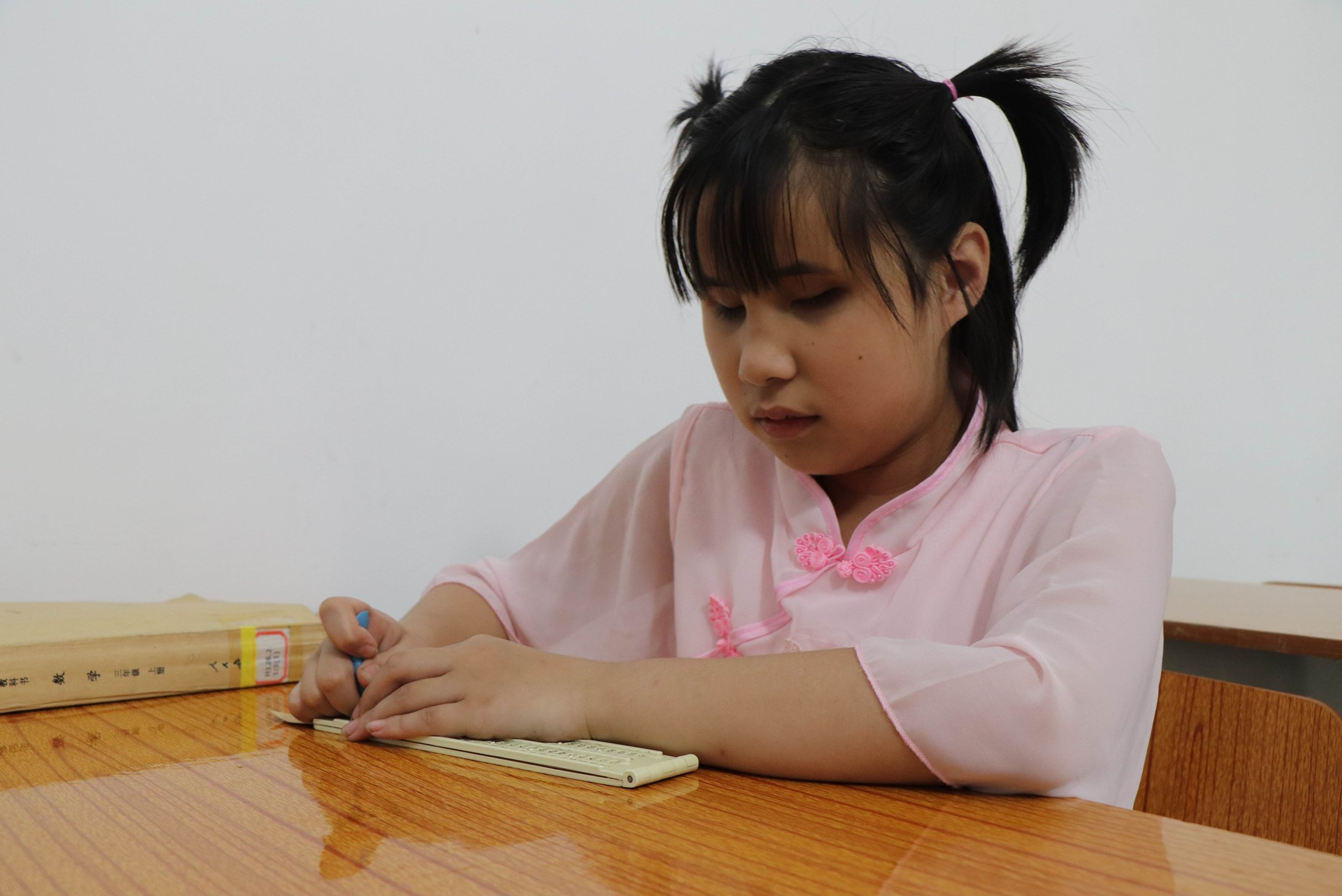
We will support OPD as vital providers of support services and technical assistance, as trainers and support for our teams and as leaders of advocacy movements to enhance the inclusiveness of learning environments and to challenge stigma and discrimination in society.
Edward Winter is the Senior Technical Advisor for Social Inclusion at WVUS and the co-chair of the disability inclusion leadership team. He supports countries around the world to integrate disability inclusion into their work. He taught in Nigeria, Eritrea and the UK and then worked in development for the last 25 years.
Help a disabled child learn
Your donations will help children with disabilities access valuable education.
